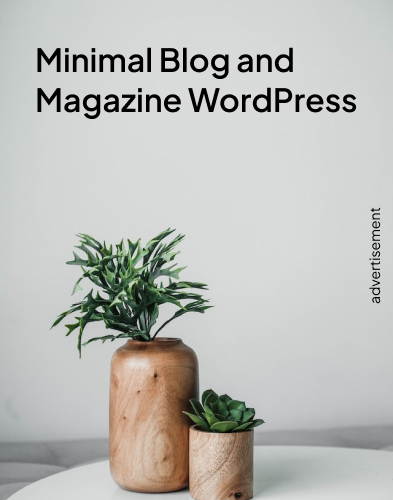What is a Dirk Knife? Everything You Need To Know

A dirk knife is a specialized blade with a rich history and a unique design. Originating from the Scottish Highlands, this weapon has served as a tool of warfare, a symbol of status, and a practical knife for various purposes. But what makes a dirk knife different from other blades, and why has it remained relevant throughout history? Let’s dive into the details.
Origins and History of the Dirk Knife
The dirk knife traces its roots back to the 17th and 18th centuries when Scottish warriors carried long, single-edged daggers as backup weapons. These dirks were used in close combat and were often elaborately designed to showcase craftsmanship. Over time, the traditional dirk evolved into more compact versions, leading to the development of the dirk knife—a more practical and portable variant.

Dirk Knife vs. Traditional Dirk
A traditional Scottish dirk is usually a long, fixed-blade weapon, often with intricate designs. The dirk knife, on the other hand, is a more compact version, sometimes featuring a folding mechanism for convenience. While both serve similar purposes, the dirk knife is more versatile for modern-day use.

Anatomy of a Dirk Knife
- Blade Design: Usually single-edged with a sharp point.
- Handle: Made from wood, bone, or synthetic materials for grip.
- Material: High-carbon steel or stainless steel for durability.

Types of Dirk Knives
- Traditional Scottish Dirk – A long-bladed ceremonial knife.
- Folding Dirk Knife – A compact, pocket-friendly version.
- Modern Tactical Dirk – Designed for military and self-defense applications.

Uses of a Dirk Knife
- Military Combat: Used historically in battle.
- Everyday Carry (EDC): A practical tool for daily use.
- Ceremonial Display: Often worn as part of Scottish dress.
Legal Aspects of Dirk Knives
Laws regarding dirk knives vary by country and state. Some regions consider them restricted weapons, while others allow ownership with permits. Always check local regulations before carrying one.
How to Choose a Dirk Knife
- Purpose: Are you looking for a collector’s item or a functional tool?
- Blade Material: High-quality steel ensures longevity.
- Brand Reputation: Trustworthy manufacturers like Cold Steel and Windlass offer reliable options.
How to Maintain a Dirk Knife
- Cleaning: Wipe the blade after use to prevent rust.
- Sharpening: Use a whetstone to maintain a sharp edge.
- Storage: Keep in a dry place to avoid corrosion.
Famous Dirk Knives in History
- Scottish Regimental Dirk – Used by Highland warriors.
- Naval Dirk – Carried by naval officers in the 18th century.
The Dirk Knife in Popular Culture
Dirk knives appear in movies, books, and folklore, symbolizing bravery and skill. From historical dramas to action films, they remain an iconic blade.
How to Use a Dirk Knife Safely
- Grip Firmly: Prevent accidental slips.
- Use for Intended Purposes: Avoid reckless handling.
- Store Securely: Keep away from children.
DIY: Making a Dirk Knife
- Materials: Steel, wood for the handle, sharpening tools.
- Steps: Cut the blade, shape the handle, attach securely, and polish.
Collectors’ Guide to Dirk Knives
- Valuation: Factors include age, condition, and historical significance.
- Buying/Selling: Online marketplaces and specialty knife shops are good places to start.
Conclusion
A dirk knife is more than just a blade; it’s a piece of history and a functional tool. Whether you’re a collector, a history enthusiast, or someone looking for a reliable knife, understanding its origins, uses, and maintenance will help you make the best choice.
FAQs
- Is a dirk knife legal to carry?
- It depends on local laws. Always check regulations before carrying one.
- What is the best material for a dirk knife blade?
- High-carbon steel offers durability and sharpness.
- Can I sharpen a dirk knife at home?
- Yes, using a whetstone or sharpening rod.
- Are dirk knives still used in the military?
- Mostly for ceremonial purposes rather than combat.
- Where can I buy a quality dirk knife?
- Online specialty stores, historical reenactment shops, and knife retailers.










